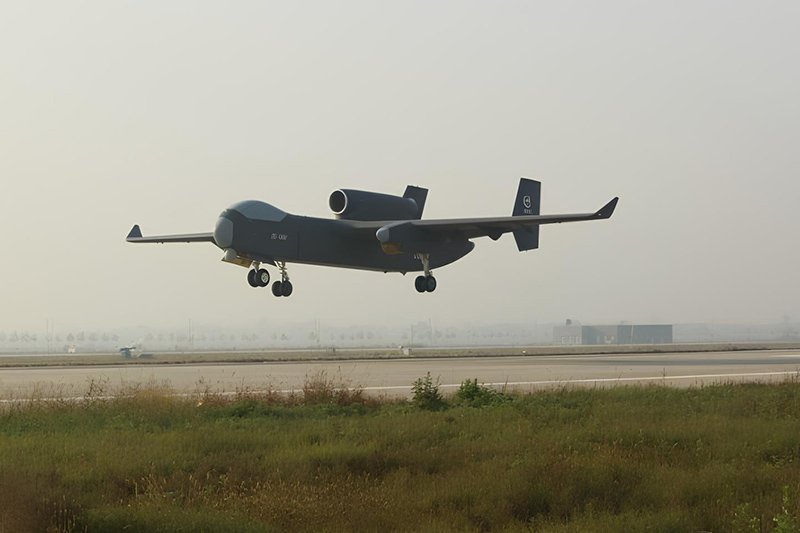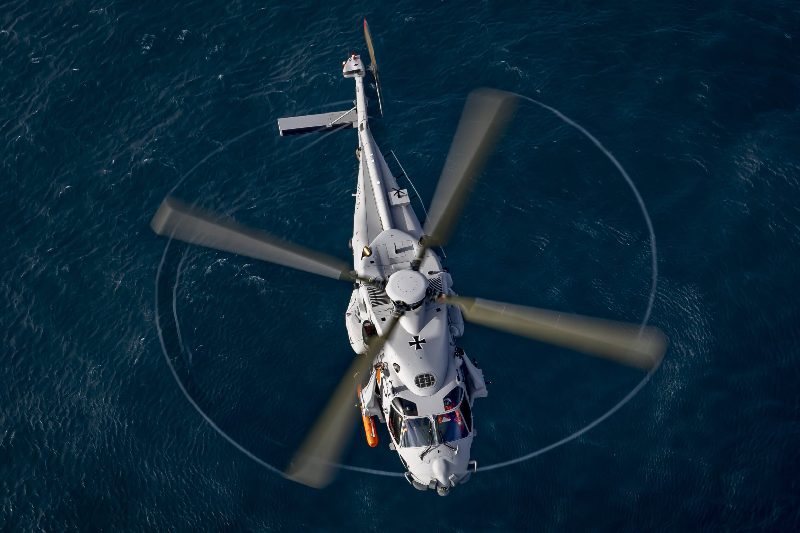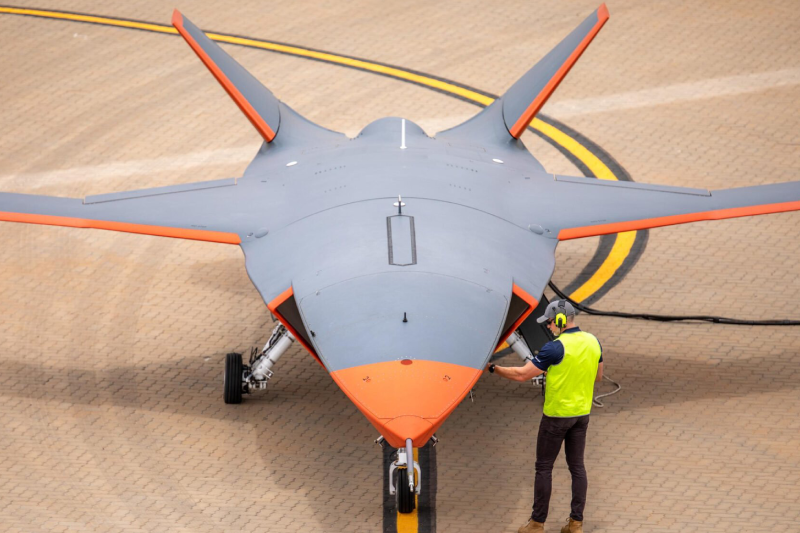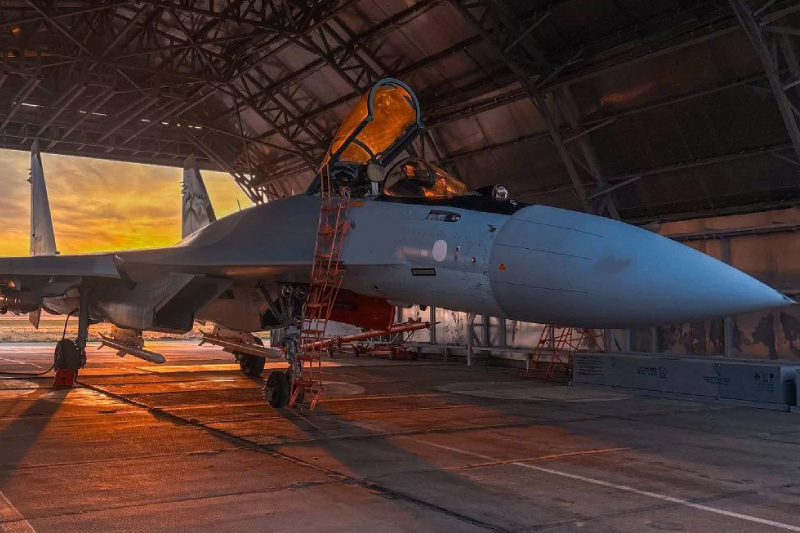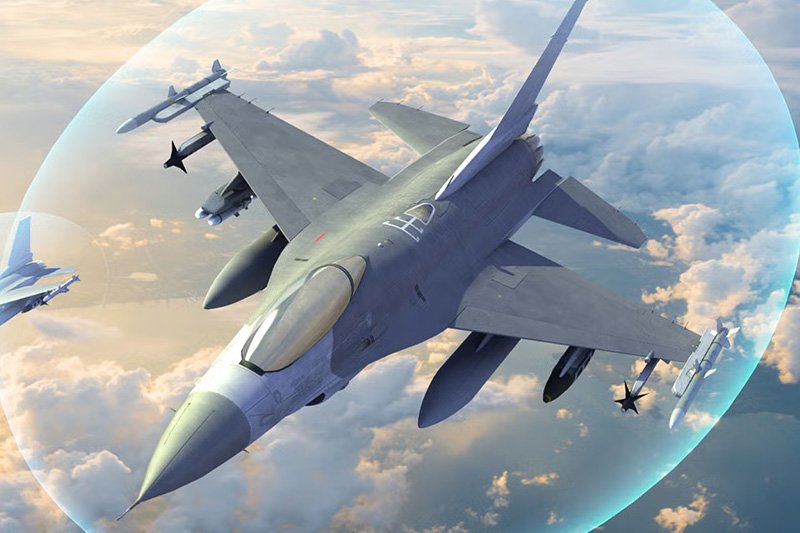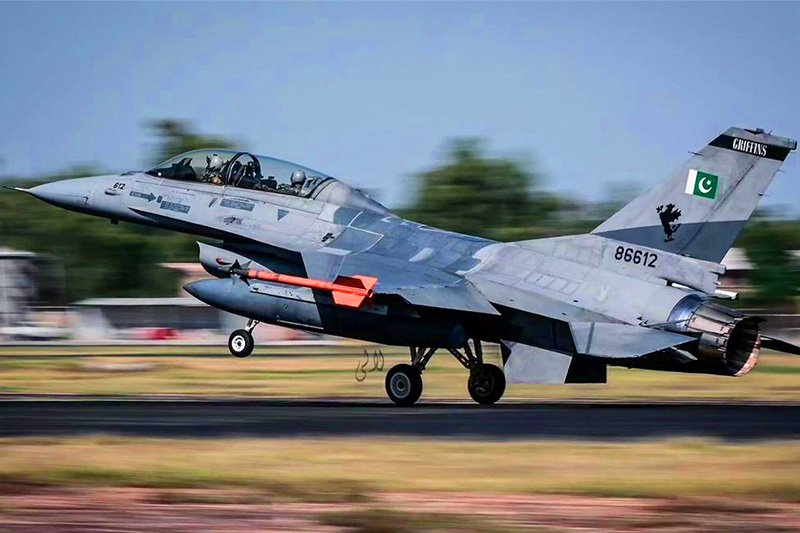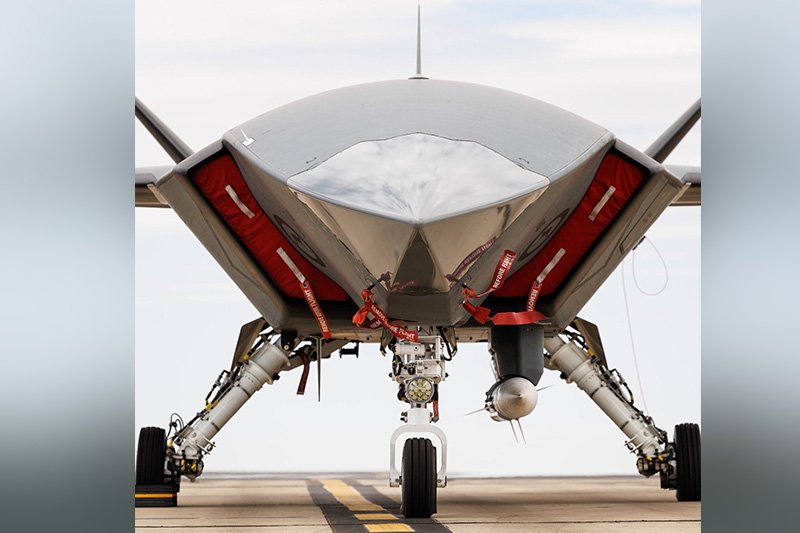China CH-7 Stealth Drone: Flying-Wing Design Under Testing
China may be conducting test flights of an advanced stealth flying-wing drone, representing a significant milestone in the nation’s unmanned aviation development program. The mysterious stealth flying-wing drone captured in low-resolution photography displays characteristic features of advanced low-observable aircraft design, including the distinctive wide, flat appearance created by integrating wings and fuselage into a unified structure. This development reflects China’s substantial investment in developing cutting-edge unmanned systems as part of broader military modernization efforts.
The photograph shows a large aircraft in flight with its landing gear extended and distinctive split rudders positioned near the wing tips, characteristic features of advanced flying-wing designs optimized for stealth operations. While the image’s authenticity cannot be independently verified and its low resolution limits detailed analysis, the visible design elements suggest sophisticated aerodynamic engineering. The aircraft’s configuration demonstrates China’s growing expertise in developing complex unmanned platforms that incorporate advanced stealth characteristics.
The aircraft bears notable resemblance to the Rainbow CH-7 stealth reconnaissance drone currently under development by China Aerospace Science and Technology Corporation, a major state-owned defense contractor. The CH-7 program has been progressing through various development phases with expectations for maiden flight testing during the current year. This advanced system represents China’s commitment to developing indigenous high-altitude, long-endurance platforms capable of operating in contested environments.
Military analysts have speculated that the photographed aircraft could be the same large drone previously identified through satellite imagery at the Malan test base in China’s western Xinjiang region. This alternative aircraft features an estimated wingspan of approximately 50 meters, making it comparable in size to the US B-2 Spirit bomber. The substantially larger dimensions suggest capabilities far beyond traditional reconnaissance platforms, potentially including strategic-level missions requiring extended range and payload capacity.
The potential identification of two distinct aircraft configurations demonstrates the breadth of China’s flying-wing development efforts, with the CH-7’s 27.3-meter wingspan representing a medium-scale platform while the Xinjiang aircraft suggests heavy-lift capabilities. This size variation indicates that China is pursuing multiple parallel development tracks to address different operational requirements. The diverse approach ensures that various mission profiles can be addressed through specialized platform configurations optimized for specific roles.
The flying-wing design philosophy incorporates advanced low-observable characteristics that significantly reduce radar cross-section compared to conventional aircraft configurations. This stealth integration enables the aircraft to operate in heavily defended airspace while maintaining mission effectiveness through reduced detection probability. The sophisticated design approach demonstrates China’s mastery of complex aerodynamic and electromagnetic signature management technologies essential for modern stealth platforms.
The CH-7 specifications reveal impressive operational capabilities including a maximum takeoff weight of 8 tonnes, cruising speed of 0.5 Mach, service ceiling of 16,000 meters, and maximum endurance of 16 hours. These performance parameters enable extended surveillance missions across vast geographic areas while maintaining persistent coverage of strategic targets. The high-altitude capability provides significant advantages for intelligence gathering and reconnaissance operations in contested regions.
Unlike faster platforms designed for loyal wingman operations with next-generation fighters, the CH-7 is optimized for covert reconnaissance missions in high-risk environments requiring long-range detection and surveillance capabilities. The platform’s design prioritizes stealth characteristics and sensor integration over speed, making it ideal for situational awareness missions and target guidance for strike operations. This specialized focus enables deep penetration of defended airspace for intelligence collection purposes.
Since its 2018 unveiling, the CH-7 has undergone several significant design modifications aimed at improving stealth characteristics, upgrading sensors and avionics systems, and expanding operational capabilities while reducing aircraft weight. Recent changes eliminated the weapon bay to focus entirely on reconnaissance functions while optimizing the platform for intelligence gathering missions. The iterative development approach demonstrates China’s commitment to refining the design through systematic testing and evaluation.
The CH-7’s design includes provisions for operation from aircraft carriers and landing helicopter dock ships, significantly expanding its potential deployment options and operational reach. This naval integration capability enables the platform to support maritime operations across the vast Indo-Pacific region while providing persistent surveillance coverage of strategic waterways. The carrier compatibility represents a major advancement in China’s naval aviation capabilities.
Don’t miss this: China’s PHL-16 Rocket Launcher: A Rival to US HIMARS?
China’s development of advanced stealth drones represents a significant enhancement to intelligence gathering and surveillance capabilities that could alter regional strategic dynamics. These platforms provide persistent monitoring capabilities across disputed territories while maintaining plausible deniability through unmanned operations. The technological advancement demonstrates China’s growing ability to project power and gather intelligence across extended ranges without risking human personnel.
China’s apparent testing of advanced stealth flying-wing drones reflects the nation’s substantial investment in cutting-edge unmanned systems technology, potentially providing significant intelligence gathering and reconnaissance capabilities that could reshape regional military dynamics through persistent surveillance and deep penetration capabilities.
Keep connected with us at Facebook, Twitter, YouTube, Instagram & TikTok for latest defense happening around the globe.
Discover more from International Defence Analysis
Subscribe to get the latest posts sent to your email.


